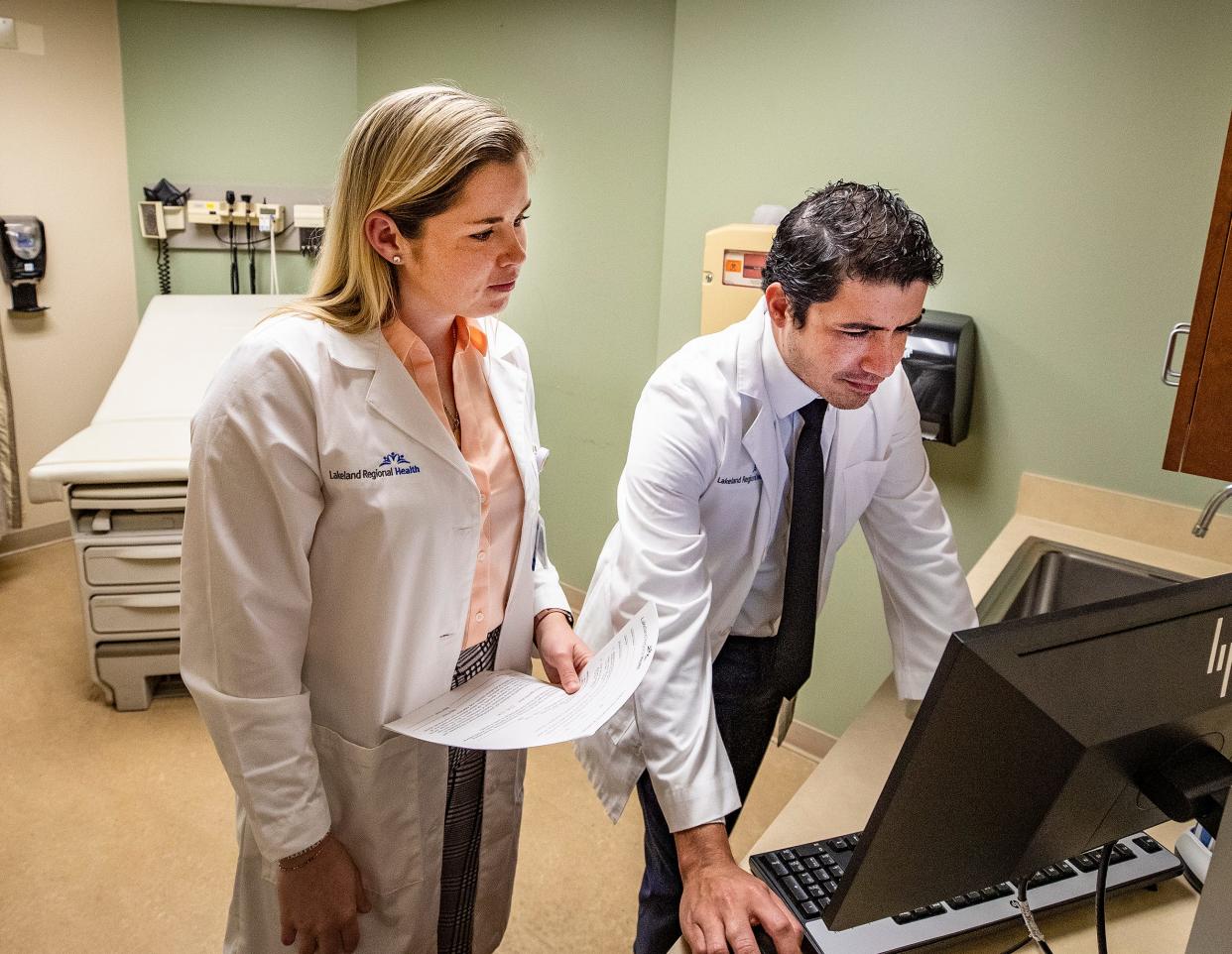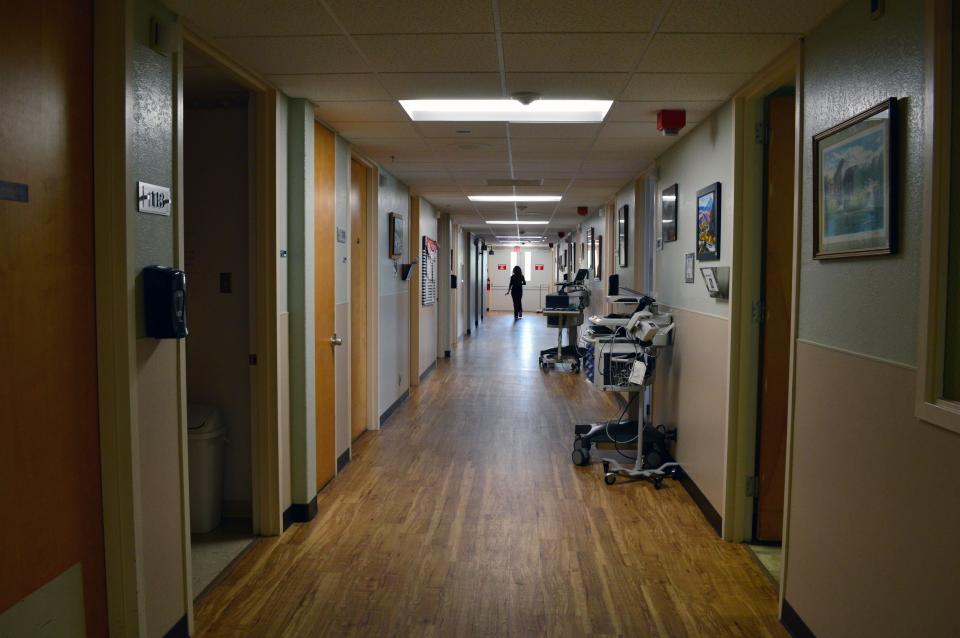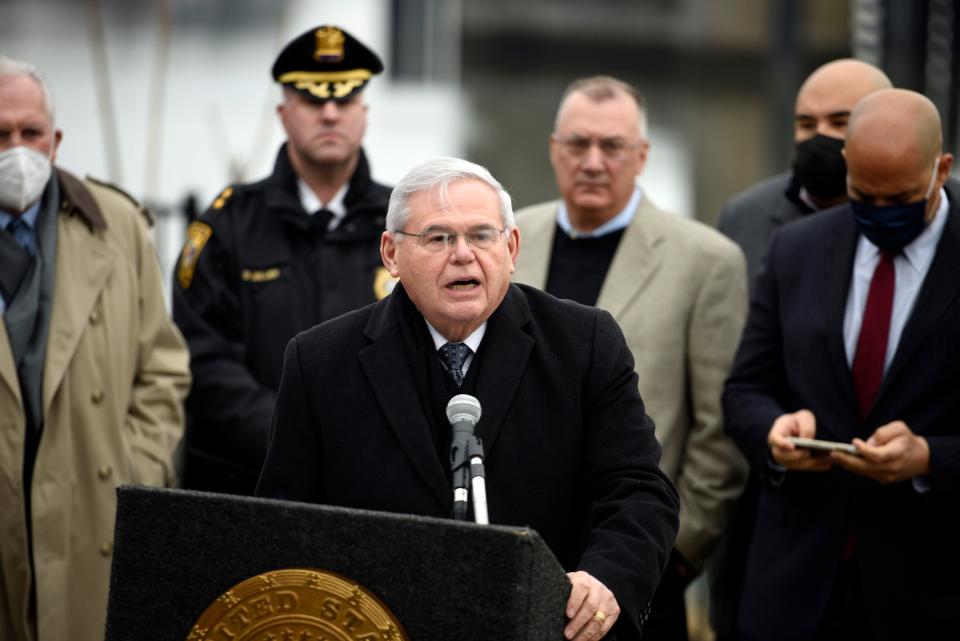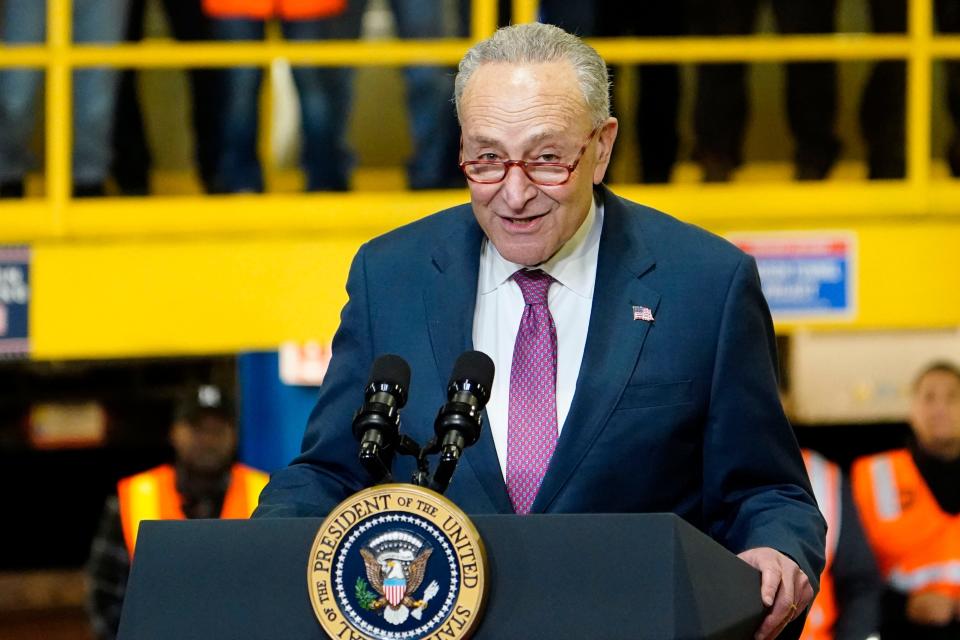Why are there so few doctors and what must be done now? | Opinion

Sen. Bob Menendez, a Democrat, represents New Jersey. Sen. John Boozman, a Republican, represents Arkansas. Sen. Chuck Schumer, a Democrat, represents New York. Sen. Susan Collins, a Republican, represents Maine.
Patients and family members, communities throughout the country, doctors, nurses and providers are all grappling with the reality of the depletion of the physician workforce in our nation’s health care system.
There's a doctor shortage. Why aren't more medical students landing residencies? | Opinion
The workforce shortage has been increasing since before the COVID-19 pandemic — accelerating at an even more alarming rate thereafter. By 2034, according to the Association of American Medical Colleges, the demand for primary and specialty care physicians will exceed supply by a range of 37,800 to 124,000 physicians.
We represent different states from New Jersey to Arkansas to Maine and New York, but one challenge we have in common is a growing shortage of physicians to care for our people. We must tackle this issue head-on by increasing the number of doctors in order to avoid further straining our health care system and putting the lives of patients at risk.
Since Medicare’s inception in 1965, Congress has supported the mission of teaching hospitals to produce doctors by funding the additional costs of training residents. In 1997, when it was widely thought that the U.S. was training too many physicians, Congress imposed a permanent graduate medical education “cap” on the number of resident physicians whose training Medicare supports.
That outdated GME cap provision is still in place, and has limited the nation’s ability to maintain an adequate supply of doctors available to provide people from all across the country with the high-quality care they deserve.

On top of this entrenched challenge, growing concerns about physician burnout and pandemic-related trauma, stress, anxiety, and frustration suggest that many physicians may accelerate rather than delay their retirement. Given the considerable time it takes to “train a doctor,” coupled with the aging physician workforce — more than two out of five active physicians will be 65 or older within the next decade — the time to invest in training more doctors is now.
Opinion: Ohio medical schools must 'wrestle with medicine’s dark side'
Our bipartisan bill, the Resident Physician Shortage Reduction Act, is an integral part of the solution to the physician shortage crisis. It gradually raises the number of Medicare-supported GME positions by 2,000 per year for seven years, for a total number of 14,000 new positions. Each cap slot provides for one year of training for a new doctor. When fully phased in, the bill would produce approximately 4,000 additional doctors per year—enough to offset the projected national shortfall and alleviate growing health care delivery and access challenges.
In the past three years, Congress added 1,200 new Medicare-supported GME slots, the first increase of its kind since it imposed the GME cap. While the additional slots are encouraging, they fall far short of the amount needed to fully address the physician shortage and ensure all Americans can access high-quality primary and specialty care including mental health care. In a 2022 advisory, the Office of the Surgeon General noted the addition of these new Medicare-supported medical residency positions to bolster the supply of doctors but warned that “many more [slots] are still needed” to address physician shortages, alleviate physician burnout, stabilize the nation’s health care delivery infrastructure, and address systemic health inequities.
That is why Congress must work to increase support for GME and physician training right now.
Bolstering GME will ensure we can meet the needs of our diverse and growing nation, broaden health care access and delivery, improve workforce diversity and health equity, address the mental health crisis, and prepare for the next public health emergency.
Congress’ growing interest in health care workforce shortage solutions is promising. The Senate Health, Education, Labor, and Pensions Committee held its first hearing of the 118th Congress on health care workforce challenges, and Chairman Bernie Sanders and Ranking Member Bill Cassidy said the committee views health care workforce shortages as an area for bipartisan collaboration. It issued a Request for Information on workforce shortages to solicit policy ideas directly from providers.
If we do not act now on commonsense, bipartisan plans to substantially increase the number of physicians in the training pipeline, the U.S. will soon face widespread health care scarcity. We urge our colleagues in Congress to work with us to pass this essential legislation this year while we still have a critical window to reverse the physician shortage and improve care for our constituents and hardworking families all across the country.
Sen. Bob Menendez, a Democrat, represents New Jersey.

Sen. John Boozman, a Republican, represents Arkansas.
Sen. Chuck Schumer, a Democrat, represents New York.

Sen. Susan Collins, a Republican, represents Maine.
This article originally appeared on NorthJersey.com: Why is there a shortage of doctor and what must be done about it? | Opinion

